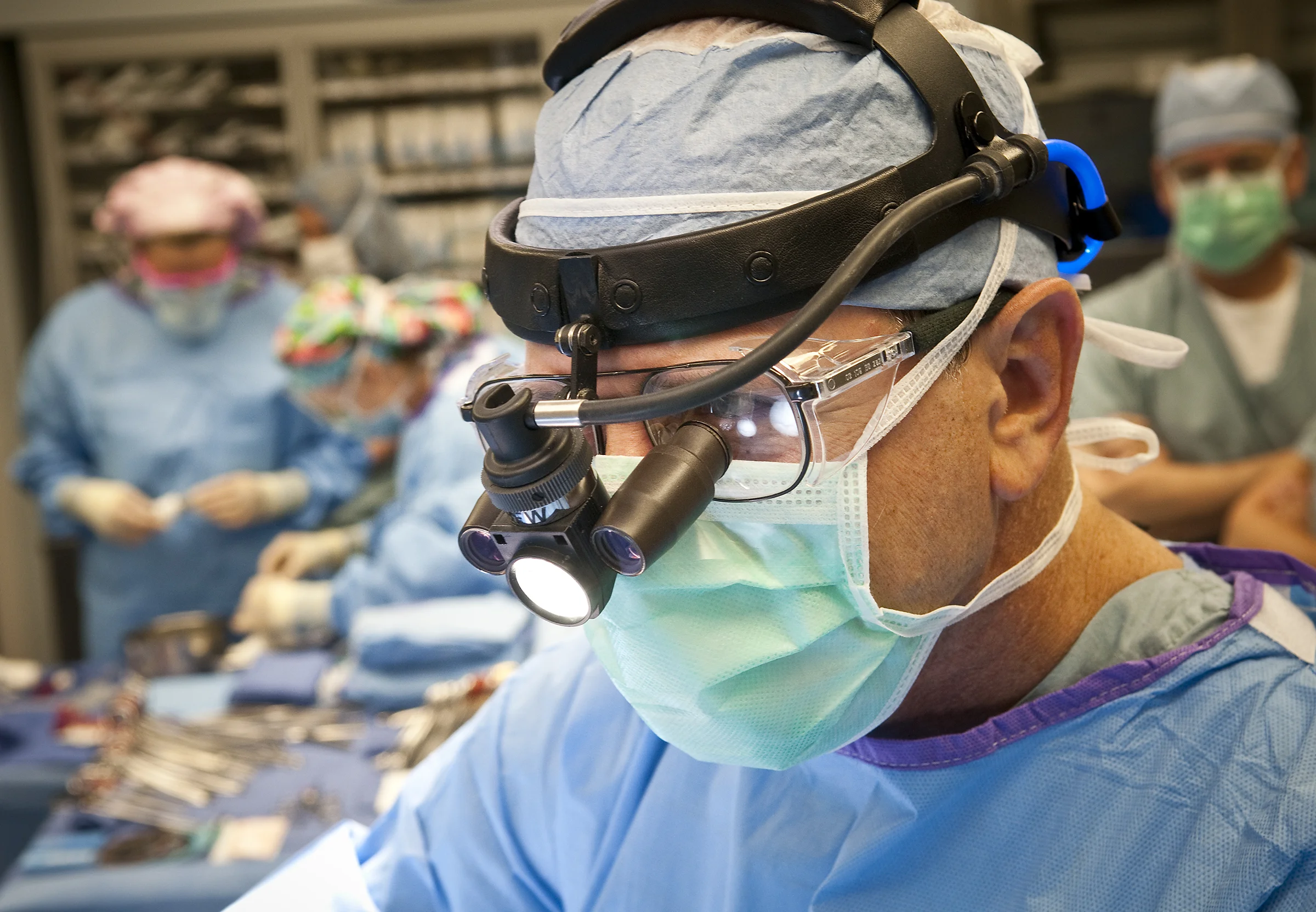Most heart surgery is performed via an incision known as a 'median sternotomy'. This incision splits the breast bone (sternum) longitudinally. The main advantage is exposure. The heart is entirely visible and the surgeon can literally get both hands around it. A disadvantage is that the resulting two long strips of bone must, at the end of the procedure, be wired back together. Bone is slow to heal and significant upper body activity must be strictly curtailed during the healing time, about 3 months. This means no heavy lifting, pushing, pulling or reaching. Therefore, no golf, tennis or swimming. More importantly no work if your job entails lifting, painting, digging or hauling. Thus, a manual laborer is out of work for about 3 months. Now, considering that heart surgery is only done for serious, frequently life threatening, conditions, it is a price that must often be paid for the multiple and significant benefits. Most patients do very well with this incision and it remains the standard approach today.
But.............what if we could achieve the same life saving, heart improving benefits via an approach that does not require the physical limitations post operatively? This is the goal of minimally invasive approaches to heart repair. The same work done on the inside, with, at least, equivalent results and safety, but with a mode of entry and exit that heals faster, with less pain and little to no physical activity restriction.
A variety of approaches to heart surgery can be considered minimally invasive:
Mini sternotomy: this can entail an incision thru just the top or bottom of the breast bone, sometimes with a 'T' off to the right or left. Advantage: smaller incision, half sternum remains intact. Disadvantage: still requires bone healing, smaller field of vision.
Mini thoracotomy: an incision into the chest thru the space between two ribs. Advantage:much more rapid healing, minimal or no activity limitation, lower infection risk. Disadvantage: smaller field of vision, limited access.
Endoscopic or thoracoscopic approach: utilizes small ports, usually 5-8mm incisions between the ribs, thru which a scope and a variety of instruments are passed. Advantage: scope increases field of view and magnification, very small incisions, rapid healing with minimally or no restriction, shorter hospital stay and recovery. Disadvantage: 2D vision, visual motor misalignment as surgeon is looking a scope away from operative field, instruments are long and not suited to very fine work.
Robotically assisted endoscopic approach: adds a powerful computer interface to enable introduction of wristed instruments, 3D vision magnified 10-15x, tremor elimination (tremor is exacerbated by long endoscopic instruments), motion scaling and hand eye alignment is restored compared to traditional endoscopic approach. A variety of instruments and fine motion control make this amenable to fine reconstructive techniques. Disadvantage: not available everywhere, longer procedure time. Advantages: small port incisions, rapid healing, shorter hospital stay, rapid return to full activity, less infection risk.
Each approach has advantages and disadvantages. Some lend themselves to specific procedures more than others. Aortic valve replacement surgery, for example, is not currently approachable via endoscopic or robotic approaches, but in many instances can be well suited for a small thoracotomy incision instead of the standard sternotomy. Mitral valve repairs, atrial septal defect closure, maze procedures for atrial fibrillation and removal of left atrial myxomas can often be done via an endoscopic or robotic approach. Some coronary bypass surgeries can be performed robotically or via a small thoracotomy. The bottom line is, if you are in an elective situation and have the opportunity to do some research before a planned procedure, ask about all of your options. A minimally invasive approach might be possible which could cut your hospital stay in half and allow you to return to full activity in as little as a week or two.
